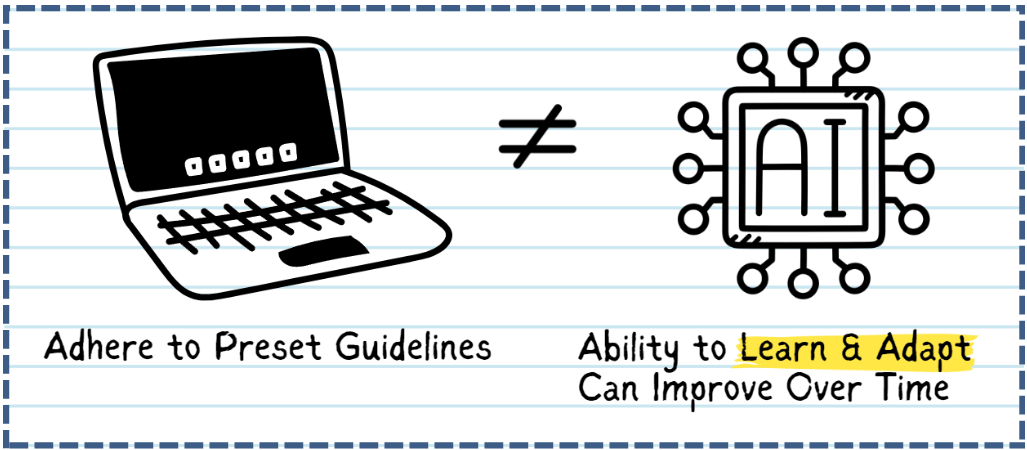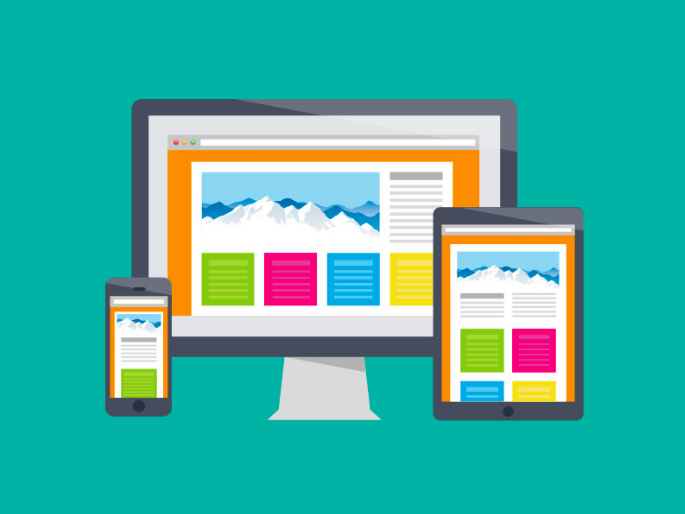Evernote's logo is the profile of an elephant. Why? Because elephants "never forget." Evernote is an intuitive virtual solution (although it has an off-line option). It is useful for individuals and businesses and has many features that make it superior to ‘shared drives’ on locations like Google or Dropbox. The following post outlines how our team has used it, but also how Evernote is improving for businesses through its recent launch of ‘Spaces’.
#TBT: DIY Projects for Summer
Meeting Audiences Where They Are: The Data Behind Streaming Classical Music
As streaming becomes the most popular method of consuming music, orchestras and opera companies have an additional method of distributing their content. Which organizations are currently taking advantage of streaming and how are they using it? This raw data set helps answer those questions.
Photo source: http://www.violinist.com/blog/laurie/201611/20869/
AMT Lab News Roundup: May
Telling Stories with Data: 4 Steps to Making Data Visualizations More Readable
Data visualization helps art institutions communicate with internal and external communities more effectively and efficiently. There are a numbers of quality data visualization tools available for free, but how arts managers use these tools defines how effective the data visualization. The following four strategies provide a guideline for arts managers to create data visualization with purpose and impact.
Uninterrupted Research: Advancing the Digitization of Archives
Got Arts Funding, Now What? Thank Your Legislators!
UX Design for Accessibility: 6 Steps to WCAG Compliance
The website is a place where participants get to know more about the organization. Designing a webpage that accommodates people with all kinds of different needs is a main step to make the organization accessible. Here are six low-cost, quick web design considerations that any organization can easily employ to improve the website.
AMT Lab News Roundup: April
Learning How To Visualize Data: Free & Low Cost Professional Development for Beginners
Digital Humanities: Library of Congress Labs Opens Collections for Productivity and Play
Archives generally are expected to be places of preservation and documentation, as opposed to innovative research. However, the Library of Congress, America’s oldest archive, just recently unveiled a virtual laboratory space to promote experimental research and creative uses for their aged collections.
Nonprofit Technology Conference #18NTC
NTEN's annual conference is always a special treat. Vendors and attendees all focused on making the world a better place while investigating the appropriate role technology plays in that transformation. With 144 sessions plus keynotes, Birds of a Feather lunch tables, Ignite talks and pre-conference workshops, to say the conference is robust is an understatement. The following are my main take-away from the conference, but if you are curious for more, be sure to check out their social channels with hashtag #18NTC.
Building Accessibility with New Tools
#TBT: Artificial Intelligence
Data Visualization: An Introductory Experiment with Word Clouds
News Roundup: March
Peer-to-Peer Fundraising: Building Advocacy through Development
There are numerous causes to support in today’s political climate. While topics like gun control and the environment dominate news feeds and airtime, advocating for the arts is just as necessary, particularly in a world where importance of the arts is often overlooked. Peer-to-peer fundraising is a way for arts organizations to both build advocacy and raise money.
Camera Precision: How ARTMYN Leverages Digitization for Engagement
Cataloging is one of the most labor intensive responsibilities for collections management, requiring the expertise of many art-specialists. It typically is also the most encountered feature of a collection, especially when the actual object is restricted with respect to: preservation, accessibility, and engagement. Digitizing collections challenges traditional paradigms for audience interaction, and one private organization leading the progression is ARTMYN.

























